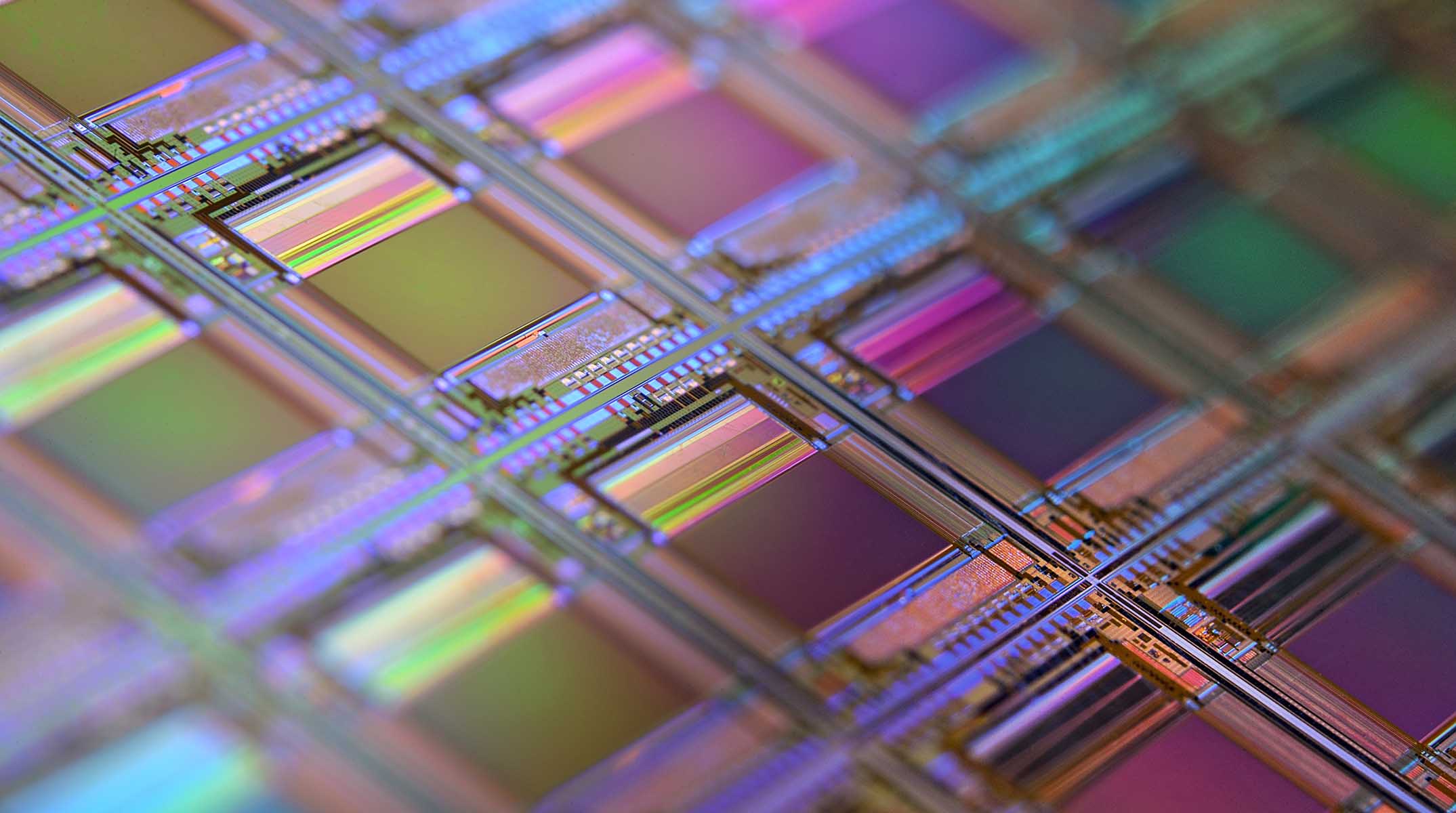Apple, the technology juggernaut known for its continual innovation and pursuit of excellence, is once again making headlines with revelations surrounding its future chipsets. The company’s dedication to pushing boundaries is evident as leaks suggest that work on the A19 Bionic and M5 chips is well underway, even before the A17 Bionic and M3 chips have reached the market. Here’s what we know so far
Apple’s Forward-Thinking Approach
It’s not uncommon for technology giants to start developing products years in advance. While the A17 Bionic and M3 are yet to launch, sources indicate that Apple is already focusing on chipsets that will likely debut in 2025. Such an approach ensures that the company remains ahead of its competitors and is prepared for any unforeseen challenges that may arise during the development and production phases.
A19 Bionic: Setting New Benchmarks
Recent findings by a phone collector, @_orangera1n, suggest that Apple is laying the groundwork for the A19 Bionic SoC. The evidence lies in a list of CPU IDs, where the A19 Bionic is speculated to be denoted as 0x8150. It’s noteworthy that this chipset could be the first iPhone chip to be manufactured using TSMC’s 2nm process node. This advancement promises a leap in performance and efficiency, potentially introducing Gate-All-Around (GAA) transistors, which offer increased performance, reduced current leakage, and heightened energy efficiency.
Apple’s M5 Chip: A Series with Variants
Alongside the A19 Bionic, Apple is also believed to be working on the M5 chip. The M5 is expected to come in multiple variants, including Pro, Max, and Ultra. Such diversity aligns with Apple’s strategy to cater to a broad spectrum of user needs, offering tailored solutions for different consumer segments.
Historical Perspective on Apple’s Chips
To understand the potential impact of these future chipsets, one can look at Apple’s previous releases. The 7nm A13 Bionic, used in the iPhone 11 series, had 8.5 billion transistors. The A16 Bionic, made with a 4nm process, boasts 16 billion transistors. With the anticipated launch of the A17 Bionic, which is built using the 3nm process node, a significant increase in transistor count is expected, hinting at a more powerful and energy-efficient chipset.
Challenges and the Road Ahead
Innovation is rarely without its set of challenges. While Apple may be in the early stages of developing the A19 Bionic and M5, transitioning these chips to mass production might present unforeseen obstacles. Historically, companies like TSMC have shouldered the risks associated with chip production. With Apple’s significant orders, TSMC has even absorbed costs linked to production inefficiencies, indicating the symbiotic relationship between the two giants.
Conclusion
In conclusion, while it’s exciting to speculate about Apple’s future offerings, it’s essential to remember that the A17 Bionic and M3 are just around the corner. These imminent launches promise exciting advancements in their own right. As Apple gears up to unveil its iPhone 15 lineup, the tech world waits with bated breath, anticipating the innovations that the company will introduce next.